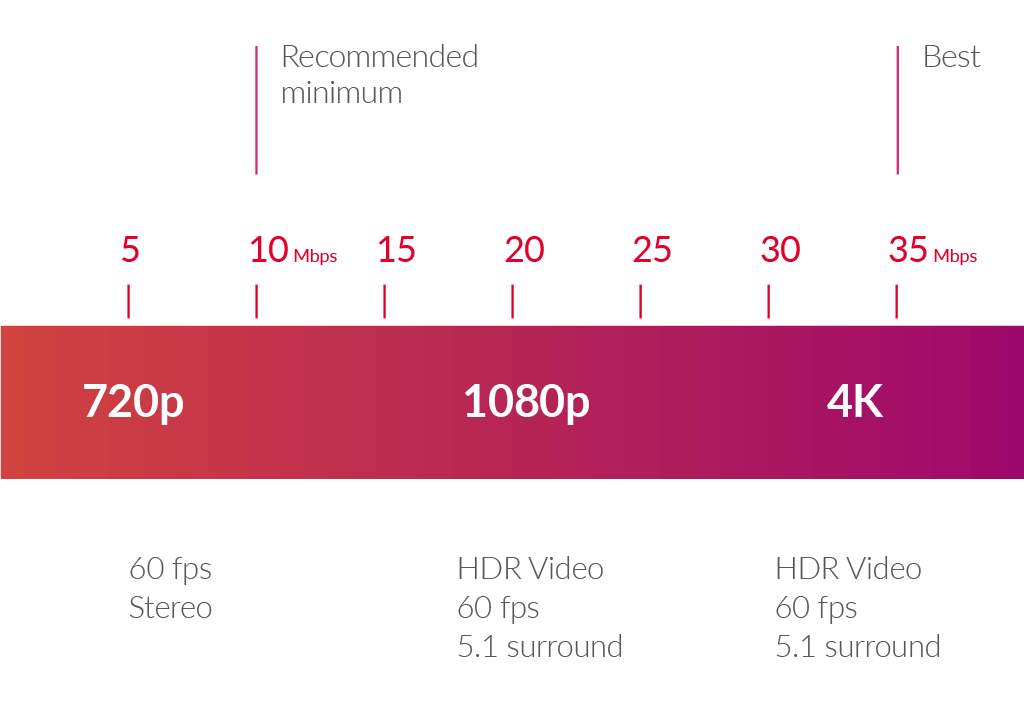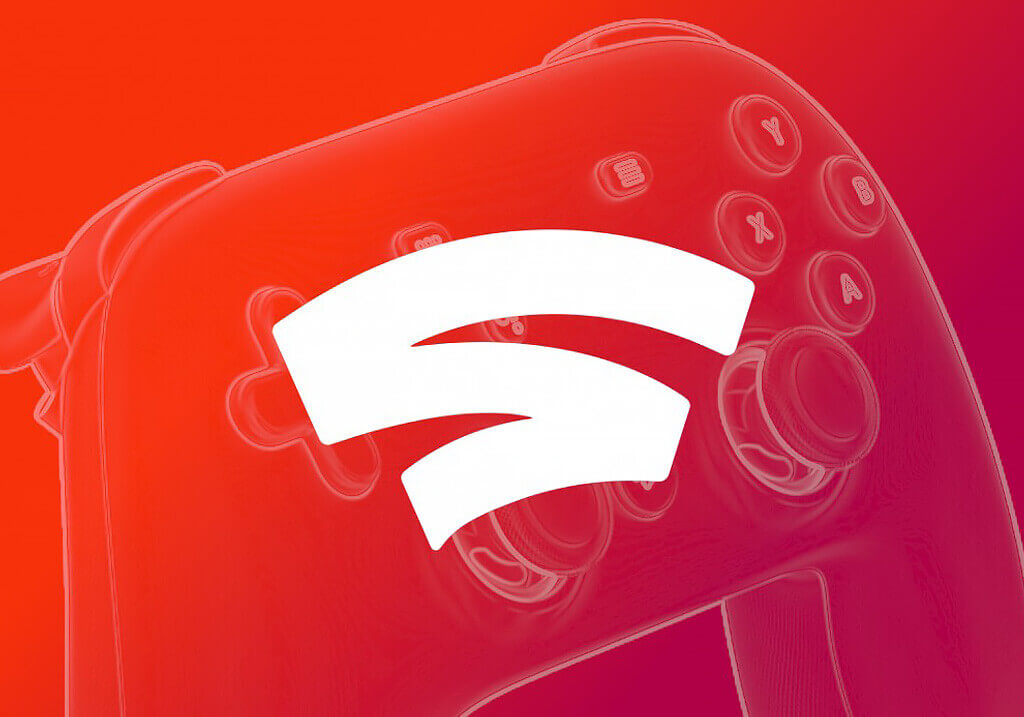How Edge Computing makes Google Stadia possible
Google has announced the launch of Stadia, a new gaming service. On its own, the fact that Google are venturing into gaming is big enough news. But what caught the attention of the media was not the normal stats or specs comparisons. It was not hardware performance or exclusive launch titles; rather, it was about a completely different way of delivering the experience… Stadia is Gaming without Hardware
Gaming without hardware
Well, almost. Stadia doesn’t require you to buy a console in order to play. You don’t have to download or run it on your PC. The hardware you need to buy is minimal. Just a USB dongle and a control pad. Instead, you pay a subscription of around $10 a month, and you stream your games just as your would for your favorite TV shows on Netflix.
To do this, Google has moved gaming hardware out of the living room and into the cloud. There’s no need for players to buy the latest console or upgrade their computers. Google takes care of that. Players can also stream their games anywhere in the world and to many different devices.
Technical challenges
It seems so simple, the idea of making a ‘Netflix for Games’. But streaming a real-time gaming experience presents a substantial technical challenge compared to streaming film. For a start, while streaming TV is essentially a passive experience, gaming is a two way street… the player provides control inputs and the game must react to these inputs. Lag – that is, a long delay between when a player presses a button and when the game response, ruins the gaming experience.
The further apart that the player is from the data centre where the Stadia servers are held, the longer it takes for the round trip from server to player and back. Additional delays can creep in as a result of an inefficient route, the number of signal repeaters and so on. Bandwidth is an issue as well. It is quite possible that a single data centre would have its connections overwhelmed with demand from a hundreds of thousands of players concurrently streaming their 4K connections, let alone the wider network.
Opting to provide a service such as Stadia in a single monolithic facility would likely result in network congestion (with resulting high back-haul costs) and risks unacceptable latency issues. This is where Edge computing comes into play. Edge facilties are smaller than a traditional data centre and developers build them close to high population areas. Originating bandwidth-hungry or lag-sensitive applications in servers within an Edge data centre substantially reduces the strain on networks and reduces latency, resulting in a more enjoyable experience for players and lower costs for the provider.
Opportunity for the sector
Following growth in content streaming services in the past decade, specialist Edge data centre operators have emerged to meet the demand. Edgeconnex is the biggest of the bunch. More recent entrants include Vapor.io and Edge Micro.
Gaming without hardware is just the latest example of the potential for Edge Computing. The need for Edge data centres will further increase with the roll-out of 5G; demand for higher resolution streaming from mobile devices will place yet more pressure on core networks.

Want to play?
Stadia’s resolution ranges from 4K to 720p to match your network’s speed. Stadia works across various connections from 35 Mbps down to a recommended minimum of Mbps.

“It seems so simple, the idea of making a ‘Netflix for Games’. But streaming a real-time gaming experience presents a substantial technical challenge compared to streaming film.”


